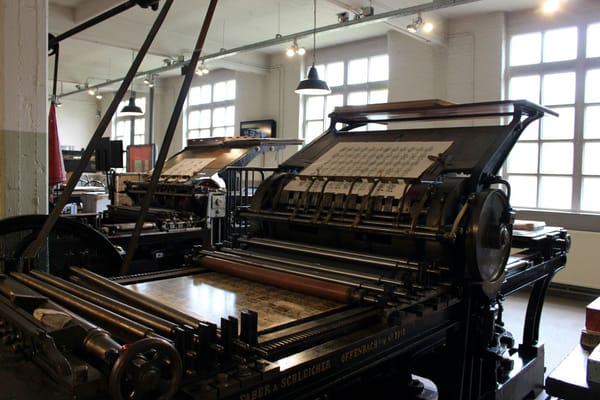Poetic Devices in “To Make a Prairie it Takes a Clover and One Bee”

Today, I will analyze poetic devices in Emily Dickinson's poem “To Make a Prairie it Takes a Clover and One Bee”. This is the original text:
To Make a Prairie it Takes a Clover and One Bee
To make a prairie it takes a clover and one bee,
One clover, and a bee,
And revery.
The revery alone will do
If bees are few
In this poem, we are told that to have a prairie, you need just a clover and a bee. However, if you are short on bees, you could just sit and daydream (that's what “revery” means) in a field.
First off, Emily rhymes the two words “prairie” and “bee”. This happens with “bee” and “revery”, and “do” and “few”. Emily Dickinson uses end rhyme and internal rhyme in this poem.
Next, Emily Dickinson uses repetition in the second line, repeating clover and bee, even though the readers already know that you require just one clover and a bee. This, however, makes it easy for the words “bee” and “revery” to rhyme.
Emily Dickinson also uses hyperbole because you cannot make a prairie out of just a flower and a bee.
Emily uses an ABBCCE rhyme scheme in the poem.




